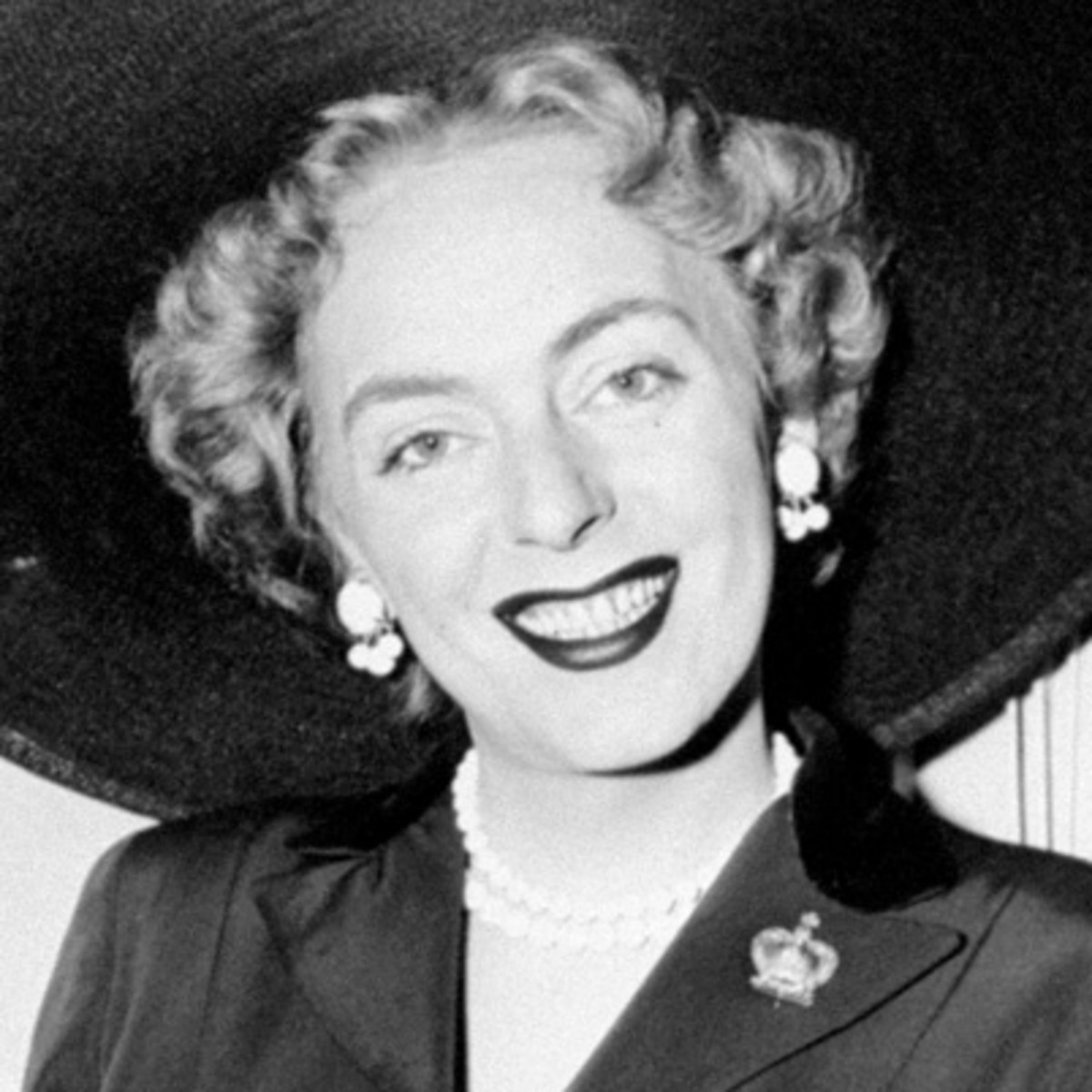International Transgender Day of Visibility
Held annually on March 31, International Transgender Day of Visibility (TDOV) is dedicated to celebrating transgender people and their contributions to society, as well as raising awareness of the discrimination faced by transgender people worldwide.
According to glaad.org, International TDOV was started in 2010 by trans advocate Rachel Crandall in response to the overwhelming majority of media stories about transgender people being focused on violence. She hoped to create a day where people could re-focus on celebrating the lives of transgender people, empowering them to live authentically, while still acknowledging that due to discrimination, not every trans person can or wants to be visible.
Click here for tips for how to be a better ally to transgender people.
Why trans visibility is so important
With more visibility comes more understanding. It inspires people and gives them the hope and strength to be who they really are. Visibility also changes the attitudes of society and helps to destigmatize transgender identities — all critical to individuals' physical, mental, emotional, and social well-being when you consider statistics that show high percentages of violence, sexual assault, suicide, and homelessness among transgender people.
Christine Jorgensen

Jorgensen grew up in the Bronx and graduated from high school in 1945. Shortly after, she was drafted into the U.S. Army during World War II. After her honorable discharge, she attended several schools, including MVCC in Utica, the Progressive School of Photography in Connecticut, and the Manhattan Medical and Dental Assistant School in New York City. It is during this time she learned about sex reassignment surgery. Jorgensen traveled to Europe, and in Copenhagen, Denmark, began to undergo a series of operations in 1952.
Christine returned to the United States, and her transition was the subject of a New York Daily News front-page story. She became an instant celebrity, known for her directness and polished wit, and used her platform to advocate for transgender people. Her highly publicized transition helped bring to light gender identity and shaped a new culture of more inclusive ideas on the subject. Her legacy continues to have an impact today.
Crisis resources for trans people
- The Trevor Project: Call the 24/7/365 Lifeline at 866-488-7386, or use their instant messaging or text-based support options. If you are looking for peer support, you can visit TrevorSpace from anywhere in the world.
- 988 Suicide & Crisis Lifeline: Dial 998
- Trans Lifeline: 877-565-8860
Resources for support and advocacy
- National Center for Trans Equality
- Gender Spectrum (support for families and trans youth)
- Black Trans Advocacy
- Trans Latina Coalition
- TransAthlete.com
